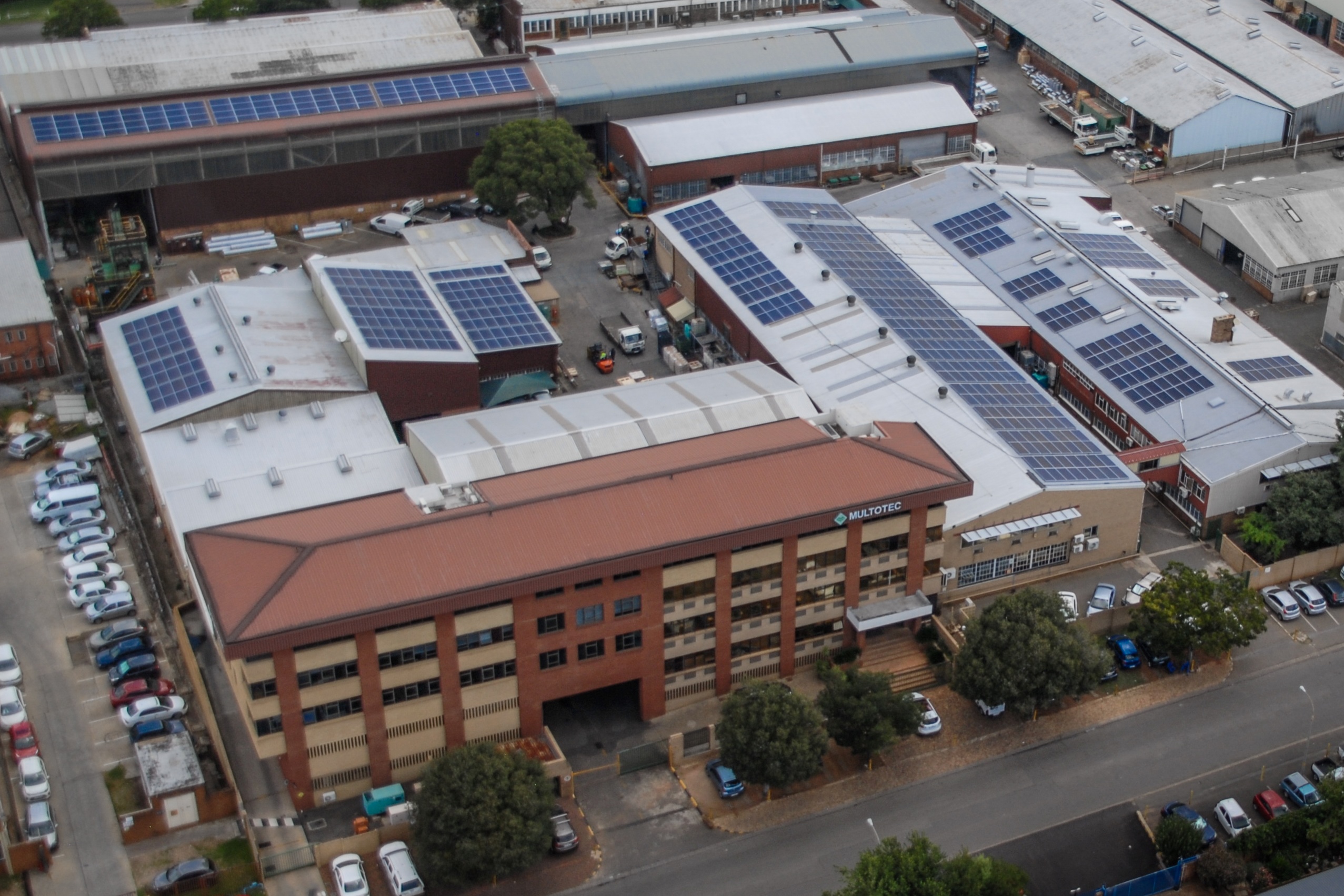Sign up for daily news updates from CleanTechnica on email. Or follow us on Google News!
Net zero by 2050 needs a cash influx — to the tune of an extra $34 trillion. That’s 19% more than the numbers originally crunched in a respected baseline scenario.
The caveat is that policymakers must ensure that transitional energy policies are firmly in place by the end of the decade. Will politicians and the corporate C-suite step up to assure shareholders that the transition to renewables needs to plunge ahead now in order to produce the necessary net zero by 2050 levels?
 Chip in a few dollars a month to help support independent cleantech coverage that helps to accelerate the cleantech revolution!
Chip in a few dollars a month to help support independent cleantech coverage that helps to accelerate the cleantech revolution!
The folks that wield government wallets and shareholder profit margins need to fork over trillions and trillions of dollars toward the clean energy transition, and those investments need to start now in order to to reach net zero by 2050, according to BloombergNEF and its recently released 250-page New Energy Outlook 2024 report.
While not surprising, the findings are explicit. Nearly every sector, from electric vehicles (EVs) and renewable energy to power grids, needs extra support. How can that happen, though, when so many important power brokers bemoan efforts toward a clean energy transition?
It’s not just in the US where the rigorous benchmarks of net zero by 2050 are controversial. Europe, too, has seen many politicians take a populist “let’s slow down the process” stand. In doing so, they overtly question the necessity and viability of a full and robust clean energy transition.
Add to that continued relatively high interest rates and the residue of Covid-era inflation, and barriers to renewable energy investments continue to hold back optimal progress.
Two Scenarios for the Push to Net Zero by 2050
The BNEF report, New Energy Outlook 2024, shows the pace of clean energy spending needed to accelerate as the world continues to warm and bigger solutions are imperative. The authors say the halfway point has now been reached in “a make-or-break decade,” and meeting the specs within a net zero by 2050 trajectory will require an “immediate peaking of emissions and fossil fuel use across the global energy system — spanning the power, transport, industrial, and buildings sectors.”
What will it take? Decisive action — now. Failure to do so risks putting even a 1.75 C global warming target out of reach. In brief, a net zero pathway by 2050 hinges on tripling renewable capacity between now and the end of the decade.
The BNEF report splits its analysis between 2 likely scenarios.
- The economic transition scenario: In this scenario, governments rely solely on economically competitive technologies, so the world moves on a trajectory to warm 2.6 C from pre-industrial times. This pathway slightly exceeds the current progress of governments around the world, but it will not avert catastrophic climate impacts as the world breaches the 2 C goal set under the Paris Agreement.
- The net zero by 2050 scenario: This pathway depicts a worldwide effort by governments to focus on emissions-reducing technologies. This approach could still fail to meet the Paris Agreement goal of keeping warming below 1.5 C; it would reach levels closer to 1.75 C instead. Nonetheless, such efforts could avert many irreversible climate damages.
But the news is not all bad, as there has been progress.
- The energy transition has accelerated in recent years.
- Clean technology deployment and capital investment have surged to record levels.
- Even though emissions remain stubbornly high, a ramp of everything from renewables to green fuels could mean carbon neutrality by mid-century.
Cleaner power generation can drive the bulk of the aggressive emissions cuts needed this side of 2030, enabling more time to tackle hard to abate areas like steelmaking and aviation, where cost-competitive low carbon solutions have yet to scale. A power system based around variable wind and solar generation cannot work without significant sources of flexibility.
The report indicates that the window to reach net zero by 2050 is rapidly closing, but there is still time for the world to get on track. “It is somewhat encouraging that we’re so near, but at the same time, it’s also so far because a lot of these investments aren’t fully profitable without further action,” David Hostert, global head of economics and modeling at BNEF, explained.
The report admonishes government and corporate leaders that accomplishments need to go “beyond simply adding more batteries to store excess electricity and discharge it when needed.” Instead, the authors describe how flexibility needs to be an entire system solution that activates both supply and demand — a combination of demand response, increased interconnection, flexible peaker plants, pumped storage, and smart EV charging. These are integrated by means of an extensive grid and managed using the latest digital technologies.
There are also numerous measures described in the report that can help bridge land use needs in the coming decades. These include:
- Innovations in clean energy assets, such as co-location of renewables with other productive land uses
- Technological advances that increase energy production for each unit of land
- Alternative siting choices
- Greater inter-regional connections to transmit renewable energy from less-constrained geographies
Growing populations and rising food demand mean we will need far more additional land for agriculture than the energy transition in the net zero scenario. The question is not whether there is enough land for clean energy, but rather how to meet growing land requirements for both food and energy while also preserving the biodiversity critical for the planet. Food and agriculture industries will need to begin double cropping to produce two or more harvests each year from the same parcel of land. Reducing food waste and implementing dietary changes can also help reduce pressure on land.
Final Thoughts
None of this will be possible without accelerated spending. On the energy supply side, for every dollar that goes to fossil fuels, an average of $3 needs to be invested in low carbon energy over the remainder of the decade — up from parity today. A fully decarbonized global energy system by 2050 could come with a $215 trillion price tag — not an insignificant amount, but workable when one considers the adverse consequences of missed Paris Agreement goals.
Regardless of whether the world heads for net zero, or it succumbs to ennui about the enormity of climate goals, the report states that “the era of fossil fuel dominance is coming to an end. Even if the transition is propelled by economics alone, with no further policy drivers to help, renewables could still cross a 50% share of electricity generation at the end of this decade.”
Have a tip for CleanTechnica? Want to advertise? Want to suggest a guest for our CleanTech Talk podcast? Contact us here.
Latest CleanTechnica.TV Videos
CleanTechnica uses affiliate links. See our policy here.





